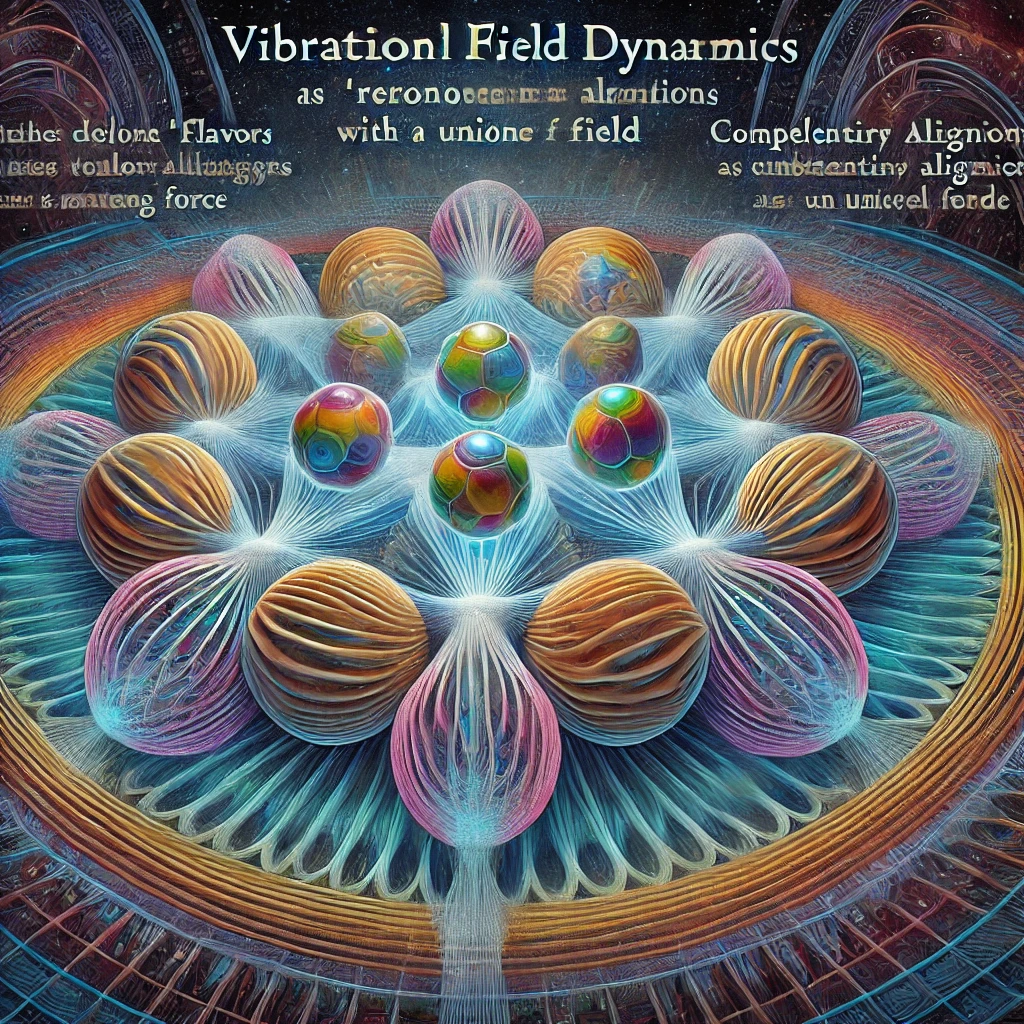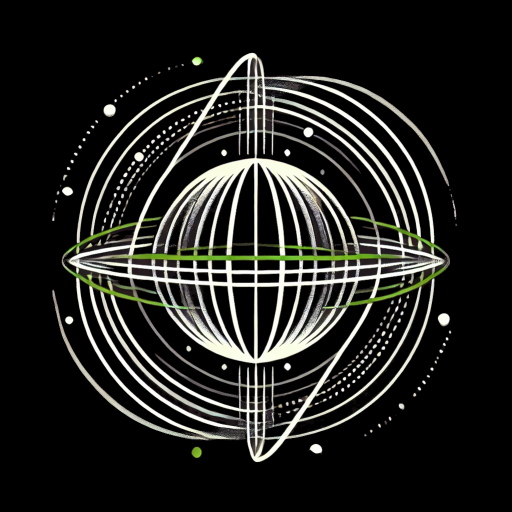Reinterpreting the Building Blocks of Matter as Resonant Field Nodes

In Vibrational Field Dynamics (VFD), quarks—the fundamental particles forming protons, neutrons, and other hadrons—are reimagined as localized vibrational nodes within a unified field. Instead of existing as isolated particles with static properties, quarks in VFD are understood as resonant points that, when combined in specific configurations, create the stable structures we identify as protons and neutrons. Here, we explore how VFD reinterprets quarks and their interactions as natural outcomes of field resonance.
Quarks as Resonant Nodes in the Vibrational Field
In traditional physics, quarks come in different “flavors” (up, down, charm, etc.) and “colors” (a property in quantum chromodynamics, or QCD). VFD reinterprets quarks as vibrational nodes, where each quark represents a unique point of resonance within the field. These nodes have distinct resonant states that correspond to the flavors and charges we observe.
Analogy: Imagine a complex wave pattern on the surface of water, where each peak or node is a distinct point of resonance. In VFD, quarks are like these peaks, representing localized resonant points within the field. When combined, they create stable patterns in the form of protons and neutrons.
Strong Force as Vibrational Binding in Quark Configurations
In traditional physics, quarks combine to form particles through the strong nuclear force, mediated by gluons. VFD, however, sees the strong force as a resonant binding effect, where quarks in close proximity achieve a stable vibrational alignment. This alignment creates a binding effect naturally through coherence, holding quarks together without requiring particle exchange.
Analogy: Think of three tuning forks, each vibrating at different frequencies. When placed close together, they create a harmonic that stabilizes them as a group. In VFD, quarks in a proton or neutron form a similar harmonic, holding them in a stable, bound structure.
Color Charge as Field Alignment States
In QCD, quarks have “color charges” (red, green, blue) that dictate how they bind with other quarks. VFD interprets color charge as field alignment states—distinct vibrational alignments within the field. Quarks must combine in complementary alignment states to achieve stable configurations, like protons and neutrons.
Analogy: Imagine three dancers moving in complementary rhythms. Individually, each rhythm might feel incomplete, but together, they create a harmonious dance. In VFD, color charge reflects alignment states that, when combined, produce a stable, resonant structure within the field.
Quark Confinement as Resonance Boundaries
One peculiar aspect of quarks is that they are never observed in isolation—a phenomenon called confinement. In VFD, confinement occurs because quarks are bound to specific resonant configurations within the field. Attempting to separate them would disrupt the resonance, requiring so much energy that new quark pairs immediately form to restore balance.
Analogy: Picture a network of interconnected strings. Plucking one string does not isolate one note; instead, it generates harmonics across the entire network. In VFD, quark confinement happens because breaking a resonance node generates additional resonant vibrations, forming new particles to maintain balance.
Quark Flavor Changes as Field Realignments
Quarks can change “flavor” through interactions, like when a down quark transforms into an up quark during beta decay. In VFD, flavor change is viewed as a field realignment, where the vibrational state of a node shifts due to energy interaction. When enough energy is introduced, a quark’s frequency adjusts to a new resonance, resulting in a change in flavor.
Analogy: Think of a guitar string that shifts to a higher pitch when tightened. In VFD, quark flavor change is similar, where the vibrational frequency of a node adjusts to a new state in response to the field’s realignment.
Summary: Quarks in the Vibrational Field Dynamics Framework
In VFD, quarks are understood as resonant nodes within a unified field, where each has specific vibrational properties that combine to form protons, neutrons, and other particles:
- Quarks as Vibrational Nodes: Each quark represents a localized point of resonance within the field, with distinct vibrational frequencies corresponding to their flavors and charges.
- Strong Force as Resonant Binding: The strong force is a natural outcome of vibrational coherence, holding quarks together in stable structures through alignment.
- Color Charge as Alignment State: Color charge reflects complementary alignment states, allowing quarks to form stable configurations like protons and neutrons.
- Quark Confinement as Resonance Boundaries: Quarks remain confined due to resonance boundaries, where breaking alignment produces additional resonances, preventing isolation.
- Flavor Change as Field Realignment: Quark flavor changes occur when vibrational frequencies realign due to energy input, transforming their properties within the field.
In this way, VFD provides a cohesive understanding of quarks, interpreting them as dynamic elements of a resonant, vibrational field. This perspective reimagines the building blocks of matter as patterns of resonance and alignment, offering a unified approach to the structure of matter.



Leave a Reply